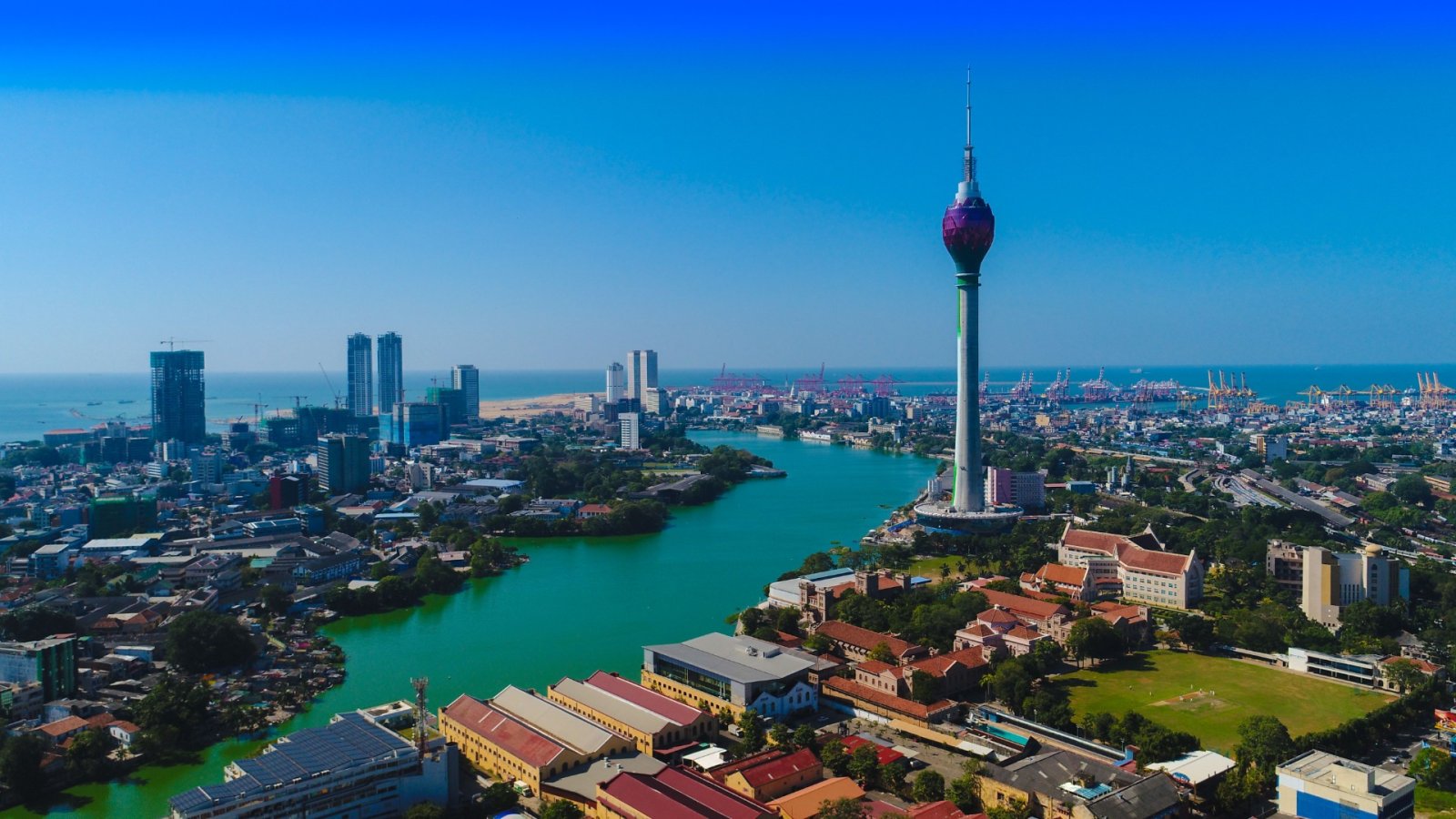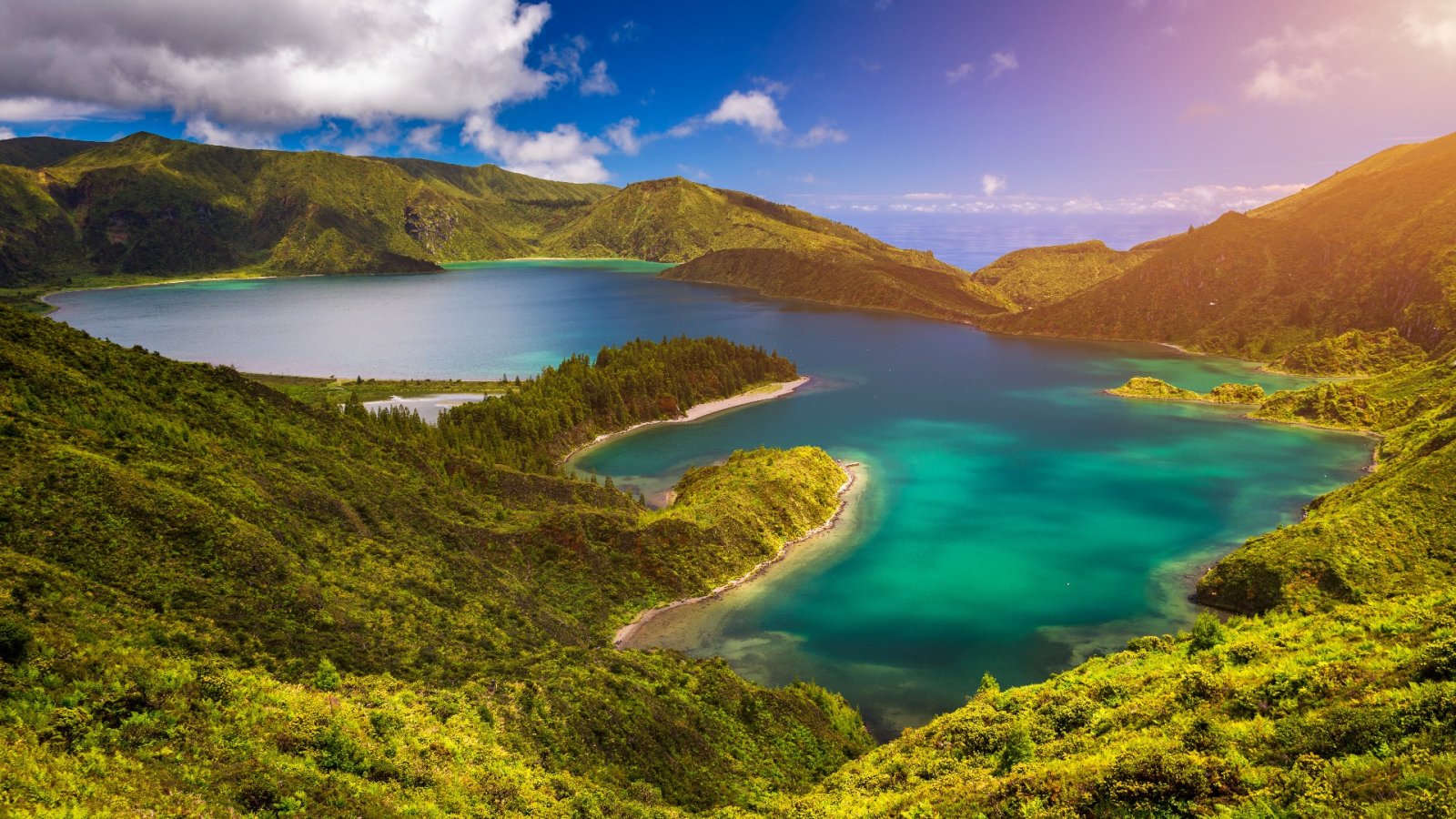The famous islands of the Azores are hard to spot on the map. The nine islands are located some 1500 km off the Portugal coast in the Atlantic Ocean. Each tiny island shares fascinating landscapes, unique local architecture and cuisine, and outstanding hospitality from the locals.
Despite belonging to Portugal, the Azore islands preserve their own island culture quite different from the continental vibe. Ever since the first locals arrived on the islands, making them their home during the 15th century, they have tried to combine the sustainable island lifestyle while learning how to cohabit the islands and tame the local wilderness and geologic activities. Four of the Azores are protected regions under the UNESCO Biosphere Reserve. The beauty that the volcanic activity leaves behind and the dramatic vistas that the Azores offer has attracted enthusiasts to visit the Azores.
Below, the Azore islands are looked at separately and presented as a unique travel destination for those who dream of secluded land spaces and unique experiences.
Corvo
The island of Corvo lies at the northernmost point of the Azores. Vila do Porto is known to have sheltered the first permanent community from the middle to the late 16th century, and it was home to around 450 residents. Corvo's landscape is mostly known for its caldera, which was left behind when a kilometer long and 430,000 years old caldera subsided. Corvo is part of the UNESCO Biosphere Reserve. The island's protected status recognizes the extraordinarily conserved volcanic landscape merged with the anthropologic activities.
Corvo and the neighboring island of Flores were key navigation nodes
in the 16th and 17th centuries because they provided routes for ships sailing the wind currents between mainland Portugal and her Brazilian colonies.
Pico
Also named the Island of Pigeons before the 15th century, Pico and the neighboring islands form a triangle of places geographically and culturally proximate. These three islands were occupied around 1460 under the leadership of Flemish Josse van Huerter. Fleeing the destruction of the Hundred Years' War, Josse urged the countrymen to come with him and build the windmills around the island.
But the island’s most fascinating natural monument is the Montanha do Pico: an enormous 2351m stratovolcano that dominates the geography. This is an island of intriguing volcanic landscapes, and you will be able to see some of the most impressive lava formations in the Azores. Plus, you will also find here grottoes, tunnels, and arches. In the south, you'll find the lava caves at Gruta das Torres, formed 1500 years ago.
Santa Maria
The sunniest island of the Azores islands, where you will find some of the finest beaches in the archipelago. It is actually a popular vacation destination for many locals. And it’s the oldest island of them all, with a very diverse terrain to the other volcanic islands such as Pico. The volcanoes that first created the island had time to deteriorate into delightful rolling cliffs, hidden coves, and picturesque sea ridges. Another interesting historical thing about this island is that the famous Christopher Columbus came here in 1493, returning from the Americas and the island has been first inhabited in 1439. The island’s also renowned for its handicrafts of a patchwork quilt. If you're into wines and sweet liqueurs, you're in luck as they are produced in Santa Maria.
And if you dream of a great hiking experience, Santa Maria’s circular Grande Trilhos is a wonderful manner to discover the island’s seaside trails. But wait: it gets better! Santa Maria is one of the most famous destinations for mountain biking in the world.
Faial
Ilhas Trangulo which loosely translated means the triangle of islands, comprises the central group of Azores, Pico, Sao Jorge, and Faial.
The three island date from approximately the 1460s, when sailors sheltering at Porto Pim started to settle into the area and establish what later became the present-day harbor town of Horta.
Horta must have been derived from 'Huerter', as Josse van Hurter, the Flemish captain of the island. The name could have also been originating from the Latin word 'Horta' meaning horticulture - making a referral to developing the cultivation of wheat and cereals which established the island’s economy.
Faial has had a surprisingly meaningful place in the history of the Atlantic. Being an important resupply point for Portuguese ships which were transporting Brazilian gold in the 16th & 17th Centuries. Later, in the 19th Century, Faial was a key center for telegraph cables connecting Europe with the USA, as well as a landing point for planes flying their first trans-Atlantic routes.






